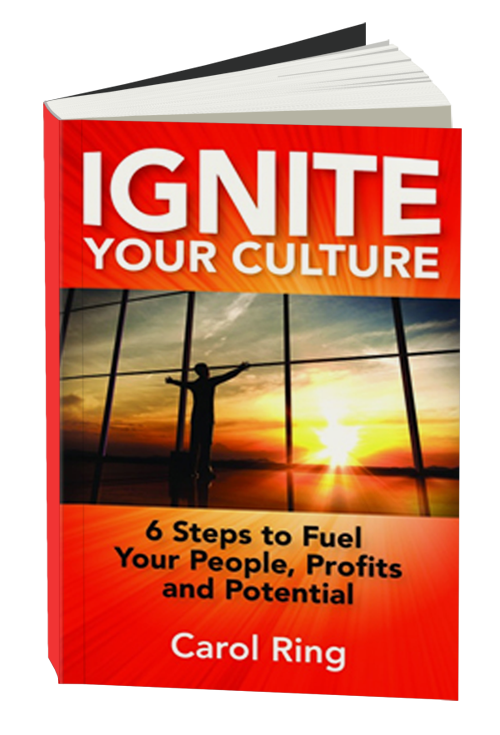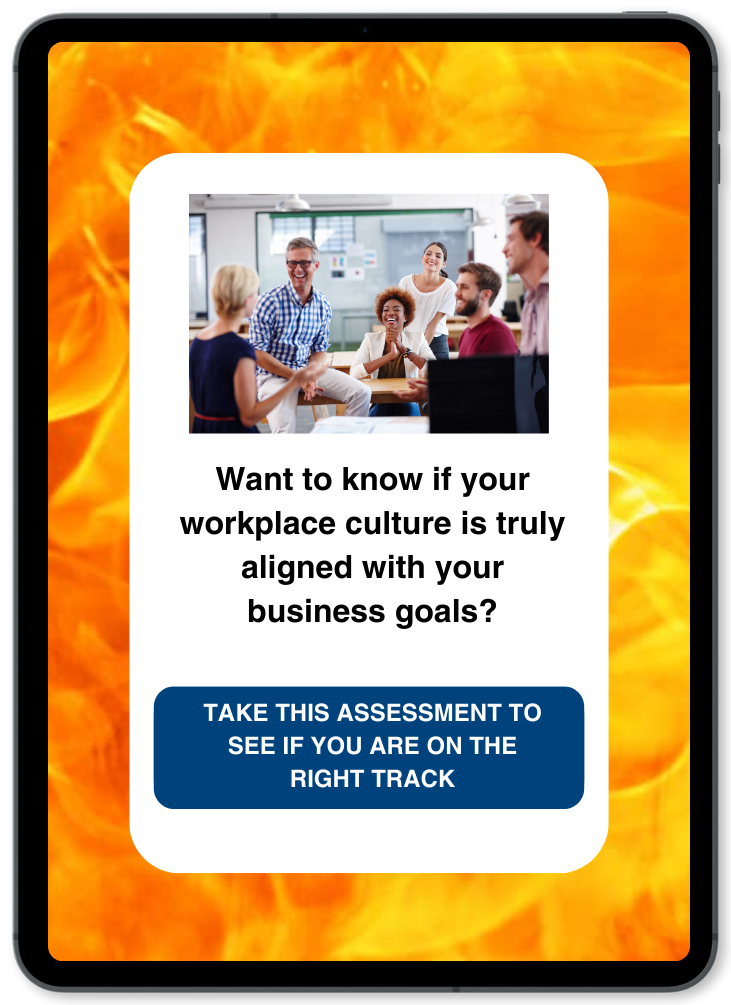 Organizations have been focused on the customer for hundreds of years. So not surprisingly, we have developed a lot of data, processes, and functions to help us manage this key area of our business. More recently, a trend is developing where leaders are transporting their customer service skills to the employee arena. At your next employee meeting, what would it feel like if you looked at your employees not as employees but as customers?
Organizations have been focused on the customer for hundreds of years. So not surprisingly, we have developed a lot of data, processes, and functions to help us manage this key area of our business. More recently, a trend is developing where leaders are transporting their customer service skills to the employee arena. At your next employee meeting, what would it feel like if you looked at your employees not as employees but as customers?
Translating customer experience into elements of your organizational culture
Design thinking is a tool that has been used to map the customer experience journey. With this exercise an organization follows the customer through the various interactions they have with the company. It identifies critical touch points and assesses the success of each one. For Cathay Pacific, the customer journey includes purchases, checking in, security, baggage and after flight services.
Cathay Pacific is also using design thinking when it comes to their employees. Tony Reynolds, general manager of employee experience, gave an example of this in a recent conversation with HRD Canada. When a candidate comes into a recruitment centre, a cabin crew is there to welcome them. The candidate then receives a boarding pass. That boarding pass contains valuable information including the time of the interview. The candidate will then move to a gate which is the location for the interview. “We immerse people in our brand from the start,” Reynolds said. “That goes through pre-boarding and onboarding.”
Combining Customer and Employee Experiences
Over at Adobe, Donna Morris now wears two hats. She went from SVP Global People and Places to EVP Customer and Employee experience. The move was made in part in response to an ongoing need for Adobe to build better customer relationships. They had already constructed a great culture that delivered quality products and attracted and retained the very best talent. How could they use this expertise even more?
In an interview with Forbes, Morris described the fusion. “We had become acutely aware of the parallels between how you build a great experience for customers and for employees,” Morris explained, “and we want to be as exceptional to work with as we are to work for.” The existing culture supported the attraction, retention and development of people within the organization. By leveraging this area of excellence, the culture is now shifting to the attraction, retention and development of people outside the organization – the customer.
Organizational culture best practices
There are many similarities when it comes to working with customers and employees. After all, they are all human beings. You shouldn’t look at customers as some sort of alien from another planet, and you shouldn’t look at your employees as just another widget on a production line. Creating great experiences for all the people your organization serves is what will drive success.
I believe that more organizations are doing a better job with their customers than with their employees. We’ve been focused on the whole customer satisfaction and loyalty path for a long time. Our technologies and data sets have evolved to support the competitive nature of finding and keeping customers. But now, as culture becomes the competitive advantage, it’s time to apply these skills internally.
Giving your employees the best customer experience
Here’s Customer Service Guru Shep Hyken’s view of customer service. “Customer service is the experience we deliver to our customers. It’s the promise we keep to our customers. It’s how we follow through for the customer. It’s how we make them feel when they do business with us”.
And here’s how we can apply it to our employees. “Culture is the experience we deliver to our employees. It’s the promise we keep to our employees. It’s how we follow through for the employee. It’s how we make them feel when they work with us.”
Isn’t it time to apply your customer first orientation internally and leverage that expertise to build a better workplace?


